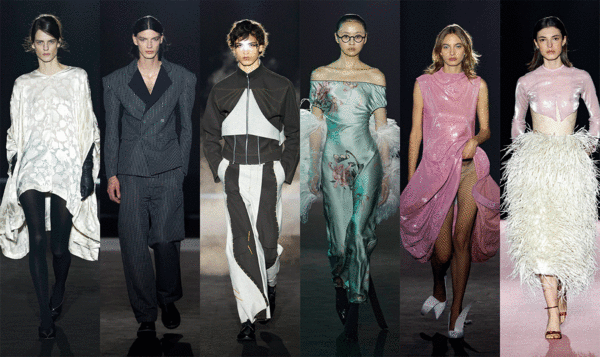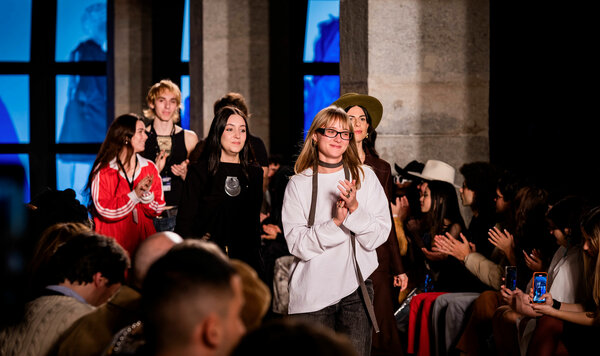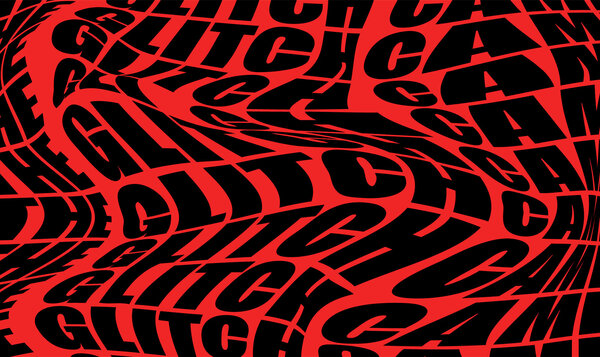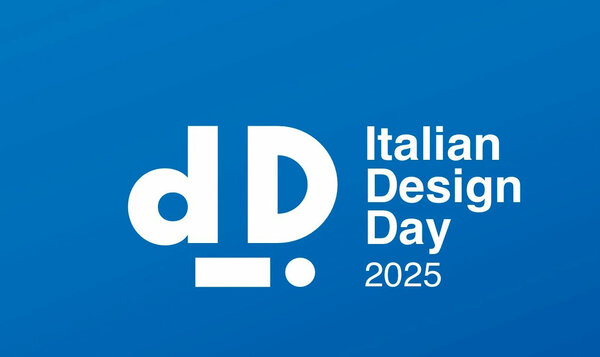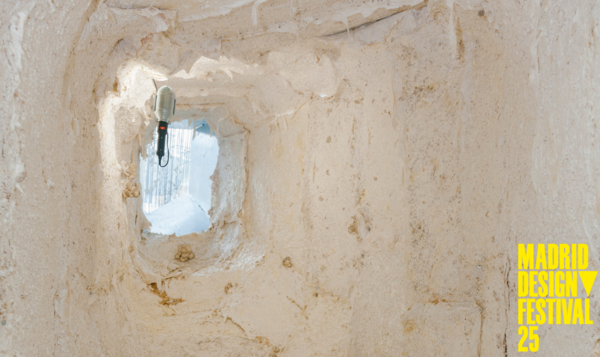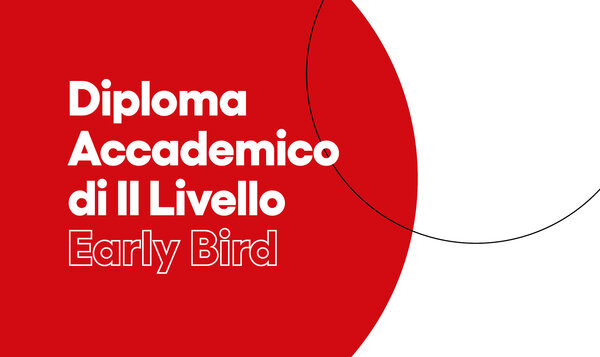The new face of design: between multidisciplinarity and social responsibility, the challenge of creating a better world through creativity.

The role of the designer today
Date
08 March 2019
It isn’t easy to define what the designer’s function is or should be in today’s society, given the complexity of our world and the ongoing transformations to which it is subjected. However, it is a crucial question that we need to reflect on and, to do so, we went to our former students to be guided by their experience in the creative professions.
At present, the paths and specialisations within design are many and varied and, in step with technological development, will continue to multiply. However, there is something common to them all: the desire to improve the world around us and how we experience it.
Whether it is software, a blazer, a vase or a relational design strategy, transversality is inherent to the ultimate purpose of design, which is to propose alternatives that enrich our environment from a creative perspective.
Mayra Sasso, a designer specialising in digital design and UX, talks about this undeniable transversality: “The designer acts as a translator and architect between disciplines. He is a person who understands user, business and innovation needs and turns them into solutions. (...) A large part of his job is to make connections. (...) His work relates to all areas and can fit into all of them”. Carlotta Dasso, jewellery designer, adds: “Design is becoming more and more interdisciplinary, and this is what the watchful eye of a designer approaching the world of work must be able to notice. You have to learn to contaminate. (...) All this without losing sight of the focus on human needs, because that is the actual task of design”.
Finally, Federigo Gabellieri, art director and creative specialised in editorial design supports this current multidisciplinary trend with his testimony: “Designers perhaps have more responsibility today than in the past. We live in a period of evident syncretism between the various arts/disciplines and market areas. (...) If work used to be concentrated on one discipline, now it is unthinkable not to know the others as well. The creative person should, therefore, be able to mediate between these flows, manage them, unite various cultural references and create something new”.
Despite the undeniable trend towards multidisciplinarity and transversality, some disciplines lend themselves less to this continuous contamination. Barbara Caranza, restorer and designer, tells us that “The restorer is still a figure who interacts too little with other professionals dealing with cultural heritage”.
Jaime Álvarez, fashion designer, for his part, emphasises the connecting role but warns about the economic aspect: “Today, more than ever, the designer needs to be in direct contact with what is happening around and needs to be able to make strategic or entrepreneurial decisions. However, a designer will always belong to a creative branch and has to concentrate on that, delegating economic evaluations to someone else”.
Italo Marseglia, a fashion designer like Jaime Álvarez, also fully shares this perspective: “I believe that today, you can no longer be purely creative. It is necessary to relate and calibrate our creativity according to the inputs that come to us from the business areas strongly connected to our work: sales, marketing or communication. It is teamwork and synchrony that determine the success of a creative. It is precisely thanks to our relationship with the market, targets and other needs that we started to design like real designers”.
Clara Guerrini, also a fashion designer, tells us, like Jaime, about the strategic aspect of working in the design industry: “For a designer, it is essential to be aware of every area that goes into materialising and selling a project or product. When designing, it is necessary to follow specific guidelines related to the practical and sales aspects of what one wants to realise. Good communication between the parties, the exploitation of the assembly line and the synergies that are created between the various departments and sectors, inevitably reflect on the success of a process that is not only creative”. Her colleague, Italo Marseglia, states: “As designers, we are increasingly called upon to have a close and practical connection with the world of marketing”.
Niccolò Bonanni, a designer specialising in mobility, on the other hand, addresses the aspect of relational design and defines today’s designer in this way: “They are the ones who can understand, in any given situation, what people’s needs are and can translate them and then formulate an effective plan of action. Everything revolves around sharing and interaction between individuals. If we think about it, we are all a bit of a designer in our daily lives”.
Stef Silva, an expert in strategic design and future design, has a very definite idea on the role played by design and focuses on the collaborative aspect: “Collaboration is the key to everything, in my opinion. The more people work, care for, and improve what surrounds us, the better it will be. And anyone who speaks about Design and Creativity has all the tools to orchestrate and channel this change. I also think that the main function of a designer is to be the link between society (through his or her empathy) and a better world (through ethical and sustainable projects)”.
Fernanda Carminate, architect and interior designer, emphasises the perception of the role of the designer today: “I currently see an inevitable shift in the elite design paradigm: people who are involved in creation understand that their work can be a tool for transformation in different areas and that this function is more important than doing a purely artistic job or one focused on financial return. In addition, the possibility of disseminating our work to the general public with great ease through media and social networks has facilitated the perception of what we do. It has made it immediate and accessible”.
Reality has many facets, and Matteo Guarnaccia, a designer specialising in digital production, draws attention to the issues that manufacturing in a global world can raise and the role of the designer in this context: “Design is a direct extension of everyday life, in all possible spheres: political, economic, etc. If we consider the designer as someone who solves problems, we cannot follow the trends of the moment. Globalisation is above all a cultural problem, and I believe that designers should be responsible for maintaining cultural boundaries in productions and experiences; they should give due importance to local sources within a global manufacturing".
Designers should, therefore, be problem solvers and link makers, builders of new and constantly changing realities. Thanks to the vision of the protagonists in this issue, we can see how flexible and versatile the designer’s role is today. The great challenge is to adapt to change. Have the courage to live it through design.
Author: Rosa Moreno Laorga


